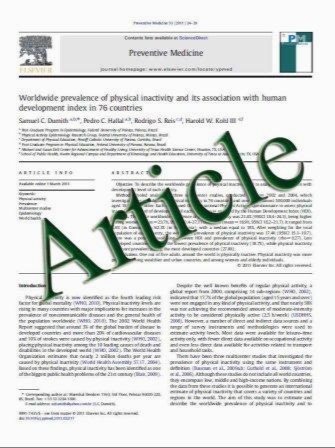Pan-Vertebrate Toll-Like Receptors During Evolution
- نوع فایل : کتاب
- زبان : انگلیسی
- مؤلف : Hiroyuki Oshiumi*, Aya Matsuo, Misako Matsumoto and Tsukasa Seya
- چاپ و سال / کشور: 2008
Description
Human toll-like receptors (TLRs) recognize pathogen-associated molecular patterns (PAMPs) to raise innate immune responses. The human TLR family was discovered because of its sequence similarity to fruit fly (Drosophila) Toll, which is involved in an anti-fungal response. In this review, we focus on the origin of the vertebrate TLR family highlighted through functional and phylogenetic analyses of TLRs in non-mammalian vertebrates. Recent extensive genome projects revealed that teleosts contain almost all subsets of TLRs that correspond to human TLRs (TLR1, 2, 3, 4, 5, 7, 8, and 9), whereas the urochordate Ciona intestinalis contains only a few TLR genes. Therefore, mammals likely obtained almost all TLR family members at the beginning of vertebrate evolution. This premise is further supported by several functional analyses of non-mammalian TLRs. We have summarized several teleost TLRs with unique properties distinct from mammalian TLRs to outline their specific roles. According to Takifugu rubripes genome project, the puffer fish possesses fish-specific TLR21 and 22. Surprisingly, phylogenetic analyses indicate that TLR21 and 22 emerged during an early period of vertebrate evolution in parallel with other TLRs and that the mammalian ancestor lost TLR21 and 22 during evolution. Our laboratory recently revealed that TLR22 recognizes double-strand RNA and induces interferon production through the TICAM-1 adaptor, as in TLR3, but unlike TLR3, TLR22 localizes to the cell surface. Therefore, differential expression of TLR3 and TLR22, rather than simple redundancy of RNA sensors, may explain the effective protection of fish from RNA virus infection in the water. In this review, we summarize the similarities and differences of the TLR family in various vertebrates and introduce these unique TLRs for a possible application to the field of clinical practices for cancer or virus infection.
Current Genomics, 2008, 9, 488-493 Received on: July 5, 2008 - Revised on: July 20, 2008 - Accepted on: July 24, 2008


